




We believe that St. John's has the distinction of being the thirteenth oldest Methodist chapel in continuous use in the UK. The chapel, built of grit stone and slate, dates from 1782, and is grade 2 listed. John Wesley himself may have opened it. A Sunday school was established in 1795 in a garret in Market street, and moved to the adjoining building in 1884. As well as biblical studies the teaching then included the 3 R's.
In the early 19th century, numerous people connected with Hayfield Methodism joined the ministry. Perhaps the most well known of these was the Rev John Barber who was twice elected to the office of President of the Methodist Conference, a rare honour. He became known also as a defender of religious freedom, in that he roused the Methodist people into action against a Bill presented to the House of Lords in 1811, which threatened the position of dissenting non-conformists. As a result it was withdrawn.
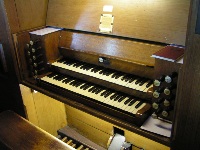
The chapel's Pipe organ dates from 1878 and was restored in 1966. It is still well maintained and used from time to time. The organ was built in1856/7 and had a partial rebuild in 1967. It is registered with the National Pipe Organ Register (provided by the British Institute of Organ Studies)
The chapel interior was refitted in 1908, when the porch was also added. The beautiful stained glass windows were inserted as a gift in the 1950's.
Their images can be seen on our a look inside page .Click on them to see them enlarged . An image of the impresive "Sermon on the Mount' window introduces our Beliefs page.
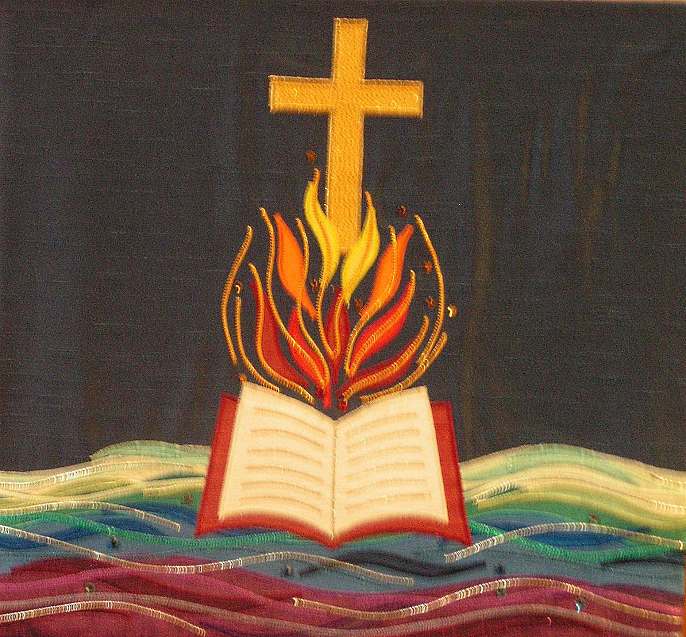
More recent additions have been the pulpit and lectern falls, commissioned from Juliet Hemingway (other customers include the Archbishop of Canterbury and Sir Cliff Richard!). Modern Tapestry at its best!
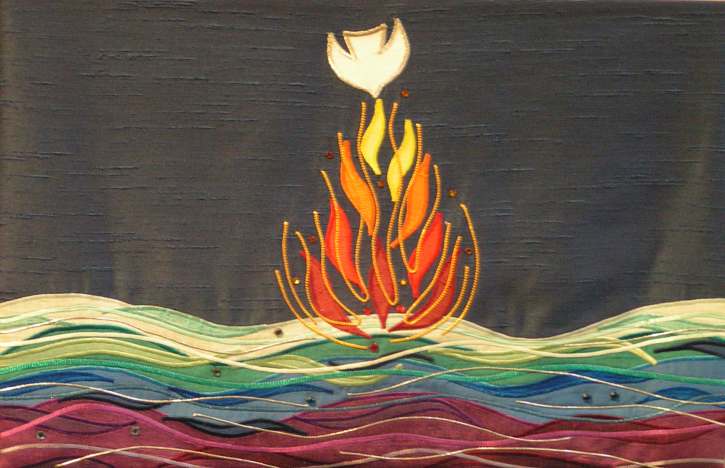
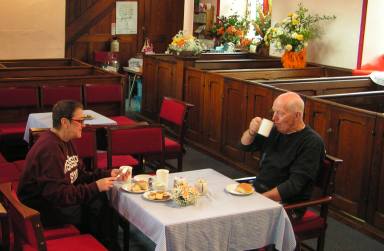
The interior has undergone further extensive redevelopment finally completed in 2001. The aim was to retain its character whilst making it more suited to 21st century needs. We had increasingly found our fixed box pews restricted the worship activities that could take place. Then a crisis arose from the building inspection of 1991, which revealed a severe deterioration of the joists under the floor. At the same time, the national “Disability Act” rightly required public buildings to provide easy access and facilities for disabled people.

Eventually, in 1999, plans were drawn up to replace the church floor, create a new porch and alter the north entrance as well as to remove the old pulpit, the fixed communion rail and to replace some pews with chairs. A new PA system and improved heating was also to be installed. Interestingly, when the old floor was removed it was found that the “joists” were actually the rims of cartwheels which spanned the supporting walls.
Thus we now have a pleasant new extension on the rear south west corner of the building, housing a porch and disabled toilets. The chapel was reopened on chapel anniversary March 2001 by Mrs Janet Wheatcroft, our (then) oldest member. Since reopening, the refurbishments have proved their worth and the building is now far more flexible and user friendly. Since then, additional improvements have been made. New lighting, including emergency lighting, has been added, a new digital piano purchased and the pipe organ overhauled.
The grounds were renovated in 2005/6, during which time a factory token dated 1812 was found on the north west corner of the chapel. It was issued by the British Copper Company in order to pay workers. During the Napoleonic wars factory tokens often replaced small change. This would have been placed there by a “visitor of note” as a good luck tally for the chapel. To continue the tradition a new 2p piece was placed under the re-laid new path. Also found was a small medallion in commemoration of the wedding of HRH Duke of York and the Princess Mary of Teck who were married on July 6th 1893.
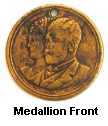
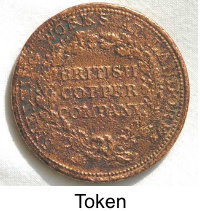
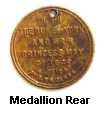
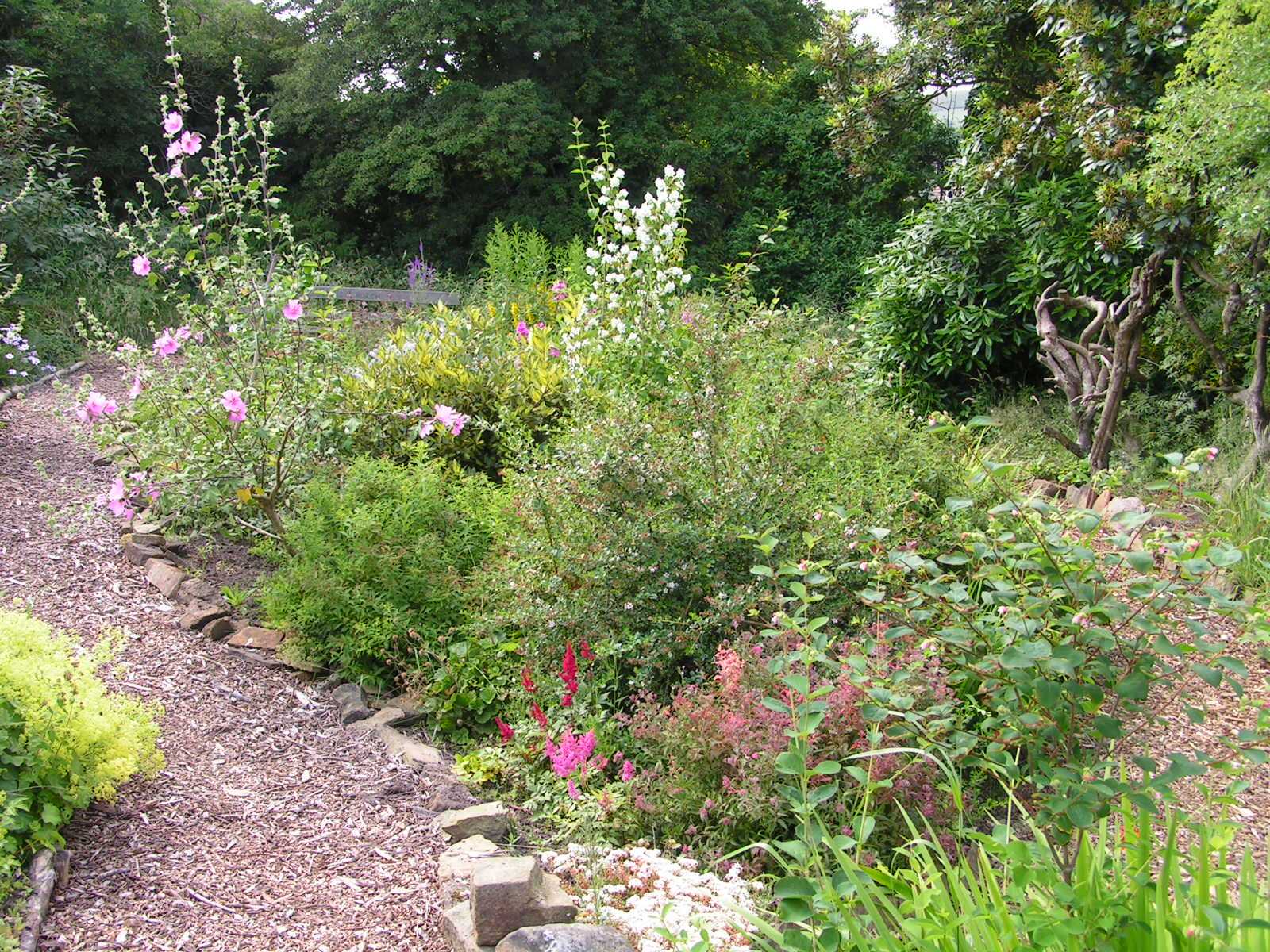
Part of the grounds have also been developed as a wildlife garden as a pleasant and secluded place for visitors or passers by to rest awhile. The rest of the grounds have been developed to form a reasonably sized car park, from which wheelchair and pram access to the chapel is available. Some clearly marked spaces are rented out to local people.
On October 14th 2012 the Church Council decided with great regret that the Sunday School building should be sold. The main reason for this was the considerable loss of rental income due to fewer bookings for reasons outside their control. It was subsequently bought and converted into a children's nursery for Hayfield and nearby villages.
It should be stressed that this in no way affected the Chapel which remains in use as it now is – although small changes, such as the removal of the remaining central pews have since happened. The Church also retains sufficient land to enable a smaller hall and meeting rooms to be built, should circumstances change. Our children's work is now delivered via Messy church and individual family friendly services and events.
Thus, the chapel has been in continuous use as a place of worship for approaching 250 years, by candlelight, gas light and electric light. Its congregation has worn crinolines and miniskirts. Its history is intertwined with the life of the village. Today it is a focal point for worship and service. Tomorrow it will grow and develop to God's praise and glory.
We believe we are called by Christ to enable this beautiful building to serve the needs of our village and beyond. Please enquire if you need more detail or if you would like to help us.